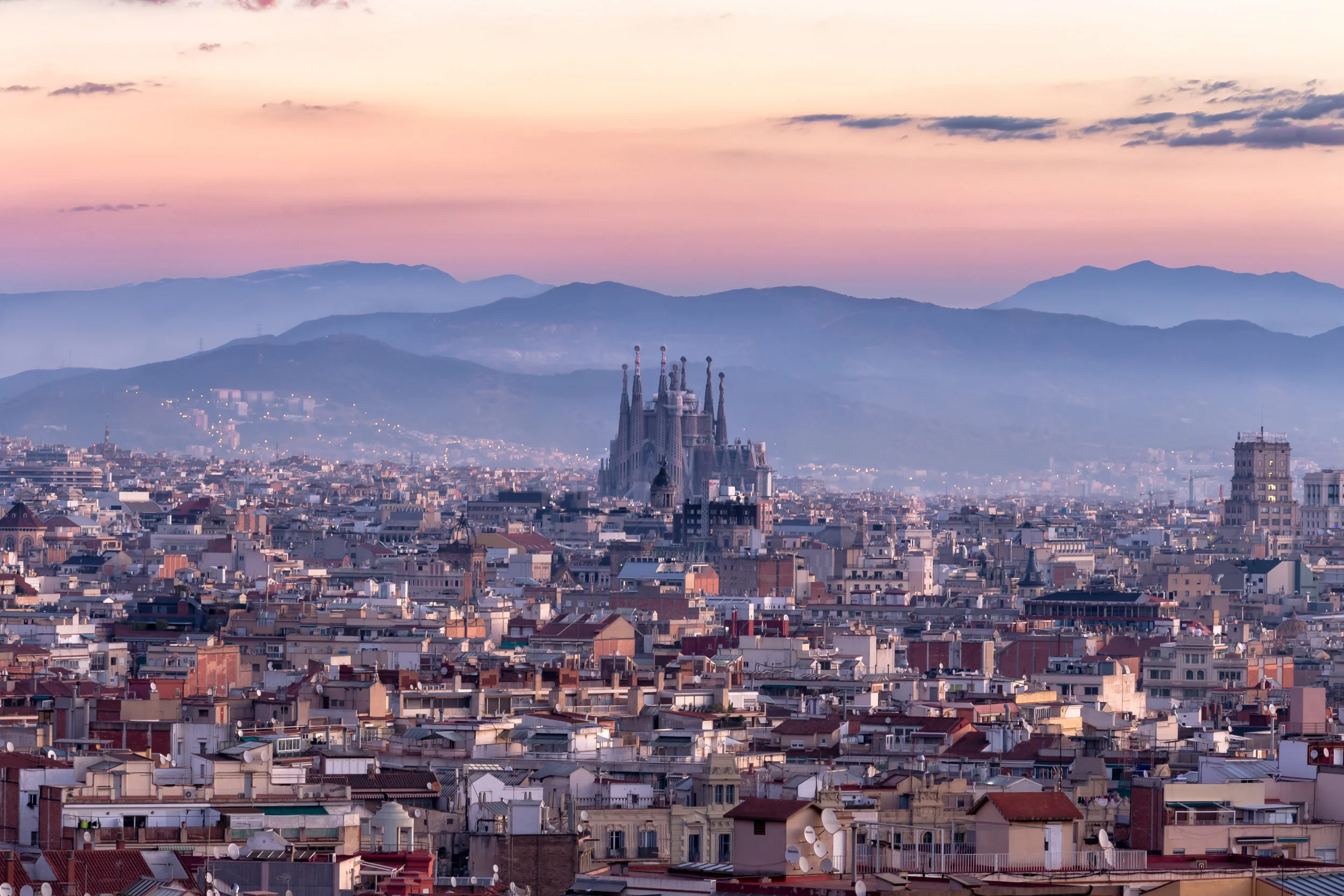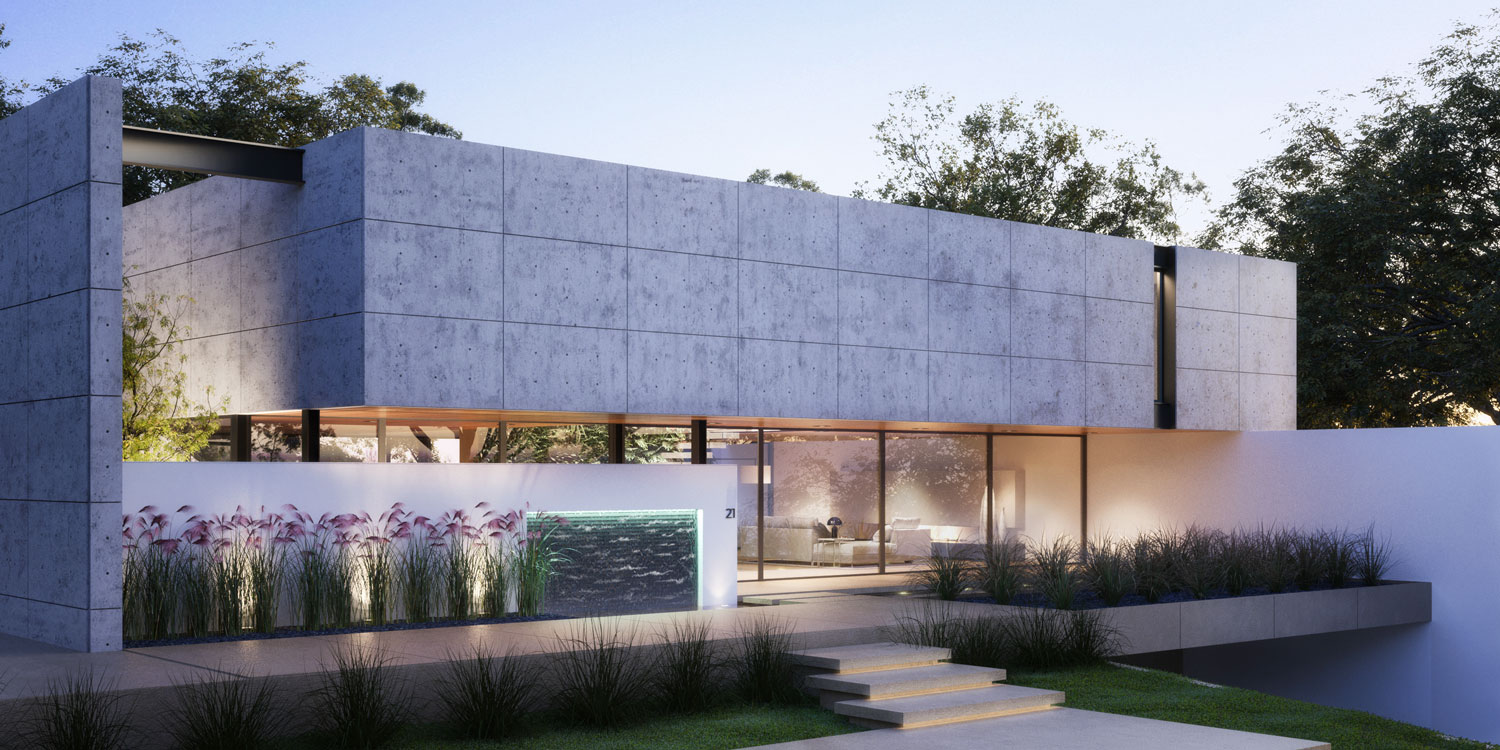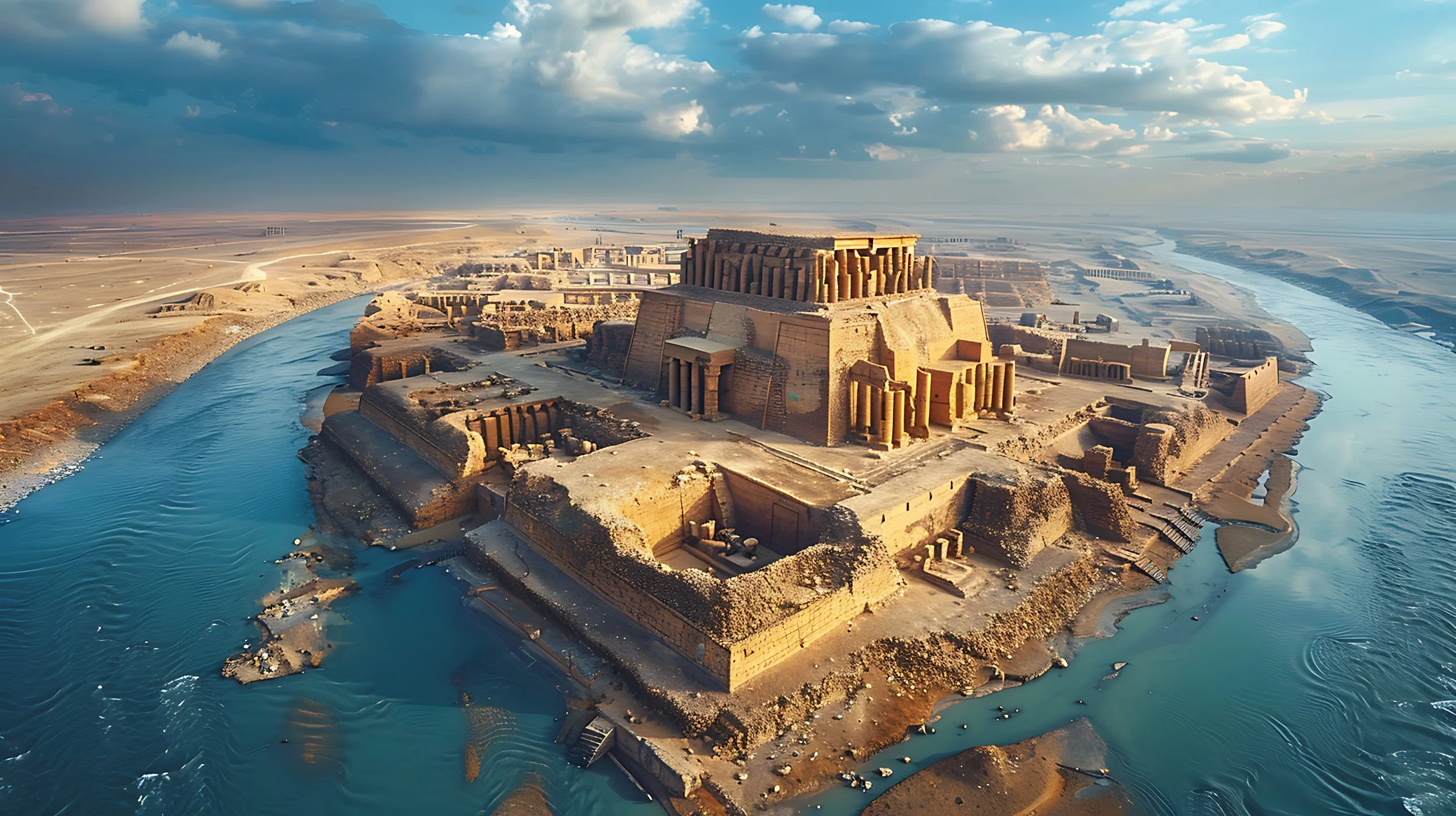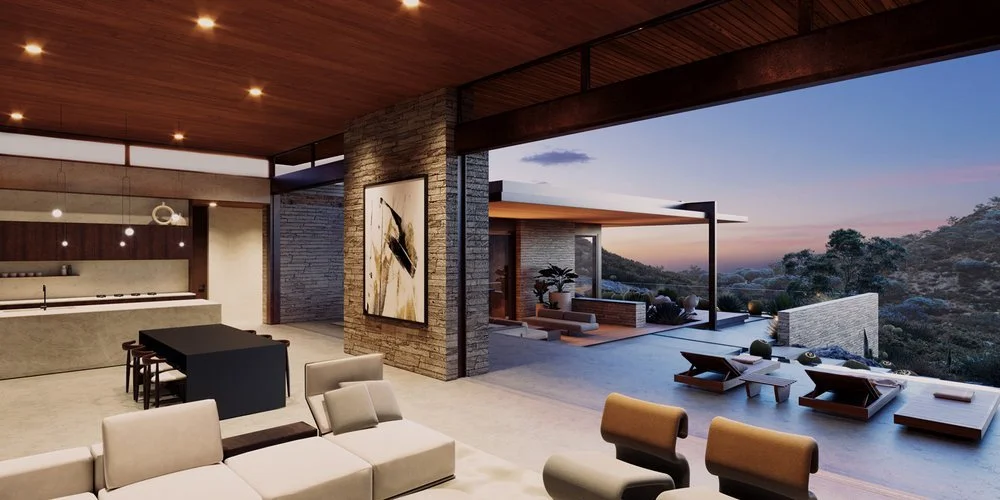Why Cities Attract People
Photograph of Brooklyn Heights. Brooklyn Heights exemplifies many of the characteristics described in this article. On a recent visit to the area, there were many pedestrians and cyclists enjoying the area. Its human scaled, mixed use buildings, aligned along tree lined streets made the area pleasant to walk through. The area was vibrant and flourishing with life. Photograph copyright by Mitchell Rocheleau 2024
Why Cities Attract People
There are many reasons why a city becomes a destination point. People are attracted to certain cities and travel from all over the world to see them. However, many people have trouble articulating why.
For me, a city or area of a city elicits this feeling when it combines several key features into its urban design. If a handful of these features are present, it creates an environment that is safe, inviting, comfortable, stimulating, functional, and economically sustainable, capable of being maintained over time.
After visiting cities worldwide and studying texts on urban design, these principles have become more evident. The list below is not comprehensive, nor does each city have to have all of these components; it represents some of the key features that stood out to me most in my observations of different urban environments.
Scale of Buildings and City Blocks
The buildings in cities that feel good are scaled appropriately. They are not overrun with single monolithic buildings that occupy multiple blocks and soar above the streets. Smaller quaint buildings scaled about 20-40 feet in width provide variation to the area, do not overwhelm neighbors, and suggest a humanistic approach. No building is larger than life, overwhelming and disorienting along the sidewalk.
The city blocks must also be appropriately sized. No one wants to enter a long street block and face the daunting task of walking exorbitant distances if they do not like the shops, aesthetics, or offerings. They will most likely choose not to walk down the block as the risk is too high and the outcome unknown. If the block's environment is precarious, the feeling of isolation and breach of personal safety could set in.
Diversity of Use
Good cities have various uses, fulfilling people's needs at various times of the day. Imagine a city block with all bars and nightclubs. During the day, this block will be desolate, but at night, it will be occupied. In contrast, imagine a block with insurance companies. During the day, there will be activity, but after working hours, it will be largely vacant. Both extremes are not optimal.
A wide array of uses that cater to different groups at different times of the day facilitates a balanced flow and concentration of foot traffic. Coffee shops for the morning, bars for the evening, clothing stores, bookstores, art galleries, and residential units provide a consistent flow of people and will help facilitate safety (which will be discussed below), community, and liveliness. All of these will help keep rental rates stable and help businesses on the block obtain a steady flow of customers.
Diversity of Aesthetic Within Identifiable Neighborhoods
Cities that feel good often have a diversity of architectural aesthetics, with each building embodying its own unique character while simultaneously fitting in with its context. This provides interest and scale as one walks along the sidewalk, experiencing the city. Different colors, detailing, materials, and urban furniture give an area character and identity.
Simultaneously, people inherently enjoy the ability to identify the area of a city they inhabit. Small neighborhoods take on unique traits through their architecture, vegetation, street quality, or other unique characteristics, breaking the city down into smaller, more palatable portions. This reduces exhausting, incomprehensible swaths of homogeneity. With smaller identifiable neighborhoods, people feel a greater sense of orientation, special awareness, safety, and reduced anxiety.
Safety, Comfort, and Walkability
People avoid parts of cities where they do not feel safe. A lack of people means a reduction in interest and economic stimulation from high concentrations of people, thus increasing vacancy rates in buildings and creating a fertile ground for crime and injustice.
What determines if you feel safe or unsafe in a city? One of the primary factors is visibility. Many shops, businesses, and dwelling units typically have direct visual access to the sidewalk in cities that feel safe. This typically comes in large glass windows, outdoor seating or balconies. Injustices on the city street are significantly less likely to occur when the perpetrator feels that his/her actions could be seen. By orienting and designing buildings and storefronts to allow observation and surveillance of the street, in most cases, it will produce the feeling of a safer street. The inhabitants, store owners, store patrons, and tourists all become built-in safety monitors of the street. It is our nature to report and help our fellow humans if they are in trouble, so we must use this natural tendency as a built-in safety mechanism in our cities.
Along a city's streets and promenades, resting points for quiet, comfortable seating should be accommodated. This often comes in the form of small urban furniture arrangements, canopies in the form of trees or built structures to provide shade and coverage, and aesthetic features such as water fountains, monuments, or green spaces. Relentless lengths of cement sidewalks without respite or interest are intimidating and inhospitable.
Promenades
The integration of promenades or large pedestrian-specific paths linking key nodes is critical throughout a city. Ideally, each node or point of interest is located less than a 10-minute walk from the others. On the promenade, urban theater occurs. People come to see and be seen. This pedestrian-centric space should have accommodations for comfort and safety noted above.
A successful architectural feature of many promenades is the use of an arcade. An arcade is a covered walkway between the face of a building and the promenade or sidewalk. It forms a transition space between the promenade and the storefront instead of an abrupt hard line between the building face and the promenade. Under the arcade is an excellent area for secondary walking, but seating and resting areas are more likely devoted to individual shops. Under the arcade, people are likely to gather, rest, and interact.
Other successful variations of the arcade include a covered trellis projecting from the building face, awnings, or even something as simple as a thoughtfully placed collection of umbrellas—anything to soften the transition between building and promenade. In areas where buildings meet a street for car use, these transition areas become even more critical as they add space between the shop and the street.
Old Buildings
Old buildings do two things for cities. First, they provide aesthetic charm and character for the city. Second, they exude an aura of the past, grounding the buildings in the city's history and suggesting that the building is an old friend to the community. Because of its age and the fact that it has always been there, citizens and tourists suspend questioning or anxiety about the building's place within the city.
Second, old buildings support an area's economic requirements. Old buildings typically require lower rents and costs to occupy, thus allowing more boutique, innovative, eclectic, and interesting businesses to occupy them. New buildings inherently require higher rents and payments to inhabit, which often limit the occupant's ability to inhabit the spaces. They are typically limited to more established, standardized businesses that can assume large payments. Examples include banks and insurance companies. New buildings and the accompanying high rents severely limit more experimental boutique businesses that tend to attract broader and more interesting groups of people. These shops bring identity, character, and uniqueness to an area.
Niche bookstores, boutique design firms, antique shops, and start-up clothing companies need old buildings to keep their overhead low and stay running. The old areas of towns, where these types of innovative businesses inhabit, often draw large numbers of people. These buildings often show quaint and thoughtful design touches that celebrate the innate nature of the old building while offering a fresh interior design or product. Care and passion are palatable and unconsciously attract people.
Photograph of Brooklyn Heights. Image Copyright 2024 Mitchell Rocheleau
Integration of Life and Work
It is common in many societies to have physical separations between “home” and “work.” Many of us live in one section of town and commute considerable distances to our work each day. It is important that we question the repercussions of this separation on the city and, more importantly, on people's lives. This system can cause substantial rifts in family life by inducing unnecessary isolation between working parents and children.
Cities that intermix residential areas with their downtown or commercial areas have several benefits. They reduce the need for cars or public transport, allowing more of the town to be used as pedestrian pathways. It allows families to have a shorter commute to and from work so they can spend more time together. Because people will be out on the pedestrian paths walking to work and school each day, more interactions between neighbors will most likely occur compared to the isolated nature of a car on a freeway. There are physical fitness benefits of this arrangement as well. Walking every day to your work or school can have an astounding effect on your personal health over time.
Conclusion
Why is this important? In short, we need our cities to support the healthy development of society and the individual. Throughout history, cities have fostered the exchange of ideas, facilitated community, prompted innovation, and catalyzed the individual's psychological growth. Cities are the Petri dish in which our species grows. Through careful analysis of our cities, we can raise awareness of their importance to the individual growth of people and our human species.
Bibliography
Alexander, Christopher. A Pattern Language. Oxford University Press, 1977.
Jacobs, Jane. The Death and Life of Great American Cities. Vintage Books, 1961.
































Notre Dame Cathedral had the power to embed itself into more than just the cityscape. It made its way into the hearts of the people of Paris. When the Cathedral was engulfed in flames on April 15th, 2019, we were reminded that the architecture around us impacts our lives beyond functionality. Principal and Architect of ROST Architects, Mitchell Rocheleau, discusses the history, architecture, and the architectural power of Notre Dame Cathedral.